
Affiliate Marketing: The Modern QVC

As a millennial child of boomer parents, I am no stranger to the offerings of QVC or the TikTok Shop. I exist in the space between worlds; waking up on the couch to PURE MOODS being sold at 3 a.m. by a woman wearing a blazer with shoulder pads, and now I scroll on my pocket computer to see an unsettlingly inexpensive sundress modeled by a beautiful influencer I’ve never heard of before today.

IT.HAS.POCKETS!!!
And if you act NOW, you can SAVE!
It all sounds… very familiar.
Like Mother, Like Daughter
I texted my mother to see if she would admit to buying cassettes from crooner Barry Manilow during his first 16 minutes of airtime in 1998 (or any other fun tchotchkes I will have to get rid of one day).

Mom: Yes… it’s been awhile
Me: Would you ever buy something from TikTok?
Mom: Nooooo
Or TEMU
Never
I did not have the heart to tell her I bought Extremely Accurate Birds calendars for my bird-watching group from the TikTok Shop. But I bought them directly from the artist who draws and creates them, unlike the QVC and affiliate marketing model. Those rely on the charm and persuasion of a host or creator to sell you something that isn’t theirs — they just get a cut for the role they play in influencing you to buy.
Everything Old is New Again
QVC had Manilow sell his CDs and cassette tapes (Shipping & Handling $3.97!!), and apparently, it was so successful for him that he returned several more times. While the exact terms of his performance time and sales cut are a mystery, it’s safe to assume that he probably had better terms than a young Mike Rowe (later host of Dirty Jobs) hocking $36 cat sacks in the middle of the night.
The same disparity exists among affiliate marketers. Influencer Marketing Hub’s 2022 Affiliate Marketing Benchmark Report found that less than 4% were making bank (more than $150k annually), with the majority (around 60%) earning less than $10k.
And “less than $10k” can be anything from $9,999 to a single dollar. The odds are that most affiliate marketers are much closer to the latter than the former.
Thank You for Being a Friend
Picture it: Grandma’s living room, 199(?). She’s outside smoking, and you are sitting too close to the television, apparently ruining your eyes. On the screen? Glorious holiday baubles she may or may not be about to call in and buy; possibly featured LIVE ON AIR chatting with the host.
What convenience! What connection!
Now she doesn’t have to wrangle your sticky fingers down to the store, AND each of her bridge partners will receive a tiny holiday animal molded into the shape of a bell, regardless of their religious affiliation. (The bridge partners, not the bells.)
“So fucking silly,” you mutter, pulling out your smartphone. You unlock the screen and open TikTok. You scroll. A fresh-faced influencer in a (suspiciously familiar) sundress shows off a cheese grater with an impossible-seeming number of parts. How many different cheeses does one person need to grate? Is this woman opening an artisanal grilled cheese truck in her home?

You’ve been Influenced, the same way Nana was. (But you can wear that sundress with your girlfriends when you break out the cheesecake, instead of mumus.)
Psychology Says: Reciprocation Rules
Why does this work so well?
In short, we think of creators as our friends the same way Nana thought of the QVC hosts as hers. They’re familiar to us when we see their faces on our feeds daily, they share helpful tips and talk to us like they’re our friends, and we feel we need to give them something back.
After all, it’s just a little click on a link, and weren’t we going to buy it anyway? Doesn’t it make a great gift? (Hopefully, my birding group will think so.)
Even if we know it’s a parasocial relationship, there’s the illusion it could become reciprocal, real. That beautiful, cool person with the perfect-looking life could become our actual new best friend! We could grate so many cheeses TOGETHER in our coordinating sundresses, laughing and making everyone else jealous of how much fun we are having!
Surely this will be the purchase that will Fix Our Life.
This illusion of reciprocation doesn’t mean every creator sets out to exploit us, their gullible audience, for cash; most start by genuinely wanting to share what they find interesting or helpful. As their audience grows, it becomes smart to get something out of the work they’re putting into it. Growing and maintaining an engaged audience is A LOT of work, and the goalposts are constantly moving. Affiliate marketing is one of the simplest ways to do that — on its surface. (But the house always wins, baby.)
The reality is that less than one in 20 affiliate marketers will make the big bucks while everyone else is left holding the bag (cat sack?), especially if they hocked products that were a poor fit for their audience and lost their trust.
That’s where some affiliate marketers on platforms like TikTok make a very smart, interesting choice: instead of playing coy about getting a cut of whatever it is they’re selling, they’re very upfront about it and appeal to their audience based on shared values.
Do it for the [Insert Values Here]
Example: A trans woman named Loren takes the hateful comments she receives on TikTok and turns them into ads for a small, queer-owned, disabled-owned, trans-owned business that makes tarot cards. She’s entirely upfront about taking the proceeds she earns from working with Tarotorial to move states, buy a house, and now, pay her mortgage.
It’s taking a marketing model often perceived as disingenuous and realigning it to appeal to an audience who wants to act on their shared values. Instead of buying into the fantasy of a purchase leading to a perfect and beautiful life of your own, you’re using your money to give someone else a life they’re working for.
In today’s world, that’s an entirely different fantasy for some populations: safety, autonomy, and some measure of security.
Some other creators use the general concept of affiliate marketing as a subject to create content: one man buys viral products with his own money and then rates them as worth it or not (including that cheese grater). It’s a great way to encourage engagement — fans and followers vote on what he should buy to try next — but he also earns money from anything they buy. The disclosure is on the bottom left of his videos with a tiny “Creator earns commission” tag.
He’s doing affiliate marketing while navigating the sticky ethics of it; calling out other TikTok Shop “boss babes” selling “drop-shipped bullshit” during the 2025 California wildfire crisis.
These values-based approaches to affiliate marketing make more sense in the social media age when audiences crave connection and authenticity balanced with aspirational lifestyles and escape from a 24/7 deluge of news and information.
It’s no longer enough to wear a beautiful suit and stand alongside a Big Celebrity as he croons his hits and tells the audience to get in on THIS SPECIAL DEAL NOW. At its core, the model is the same, but the approach has evolved.
The host has evolved into the creator, who is both product demonstrator and minor celebrity in their own right — telling you as authentically as possible if this cheese grater will, in fact, change your life.

Read on:


All
She Sold her Bathwater, but You Drank it
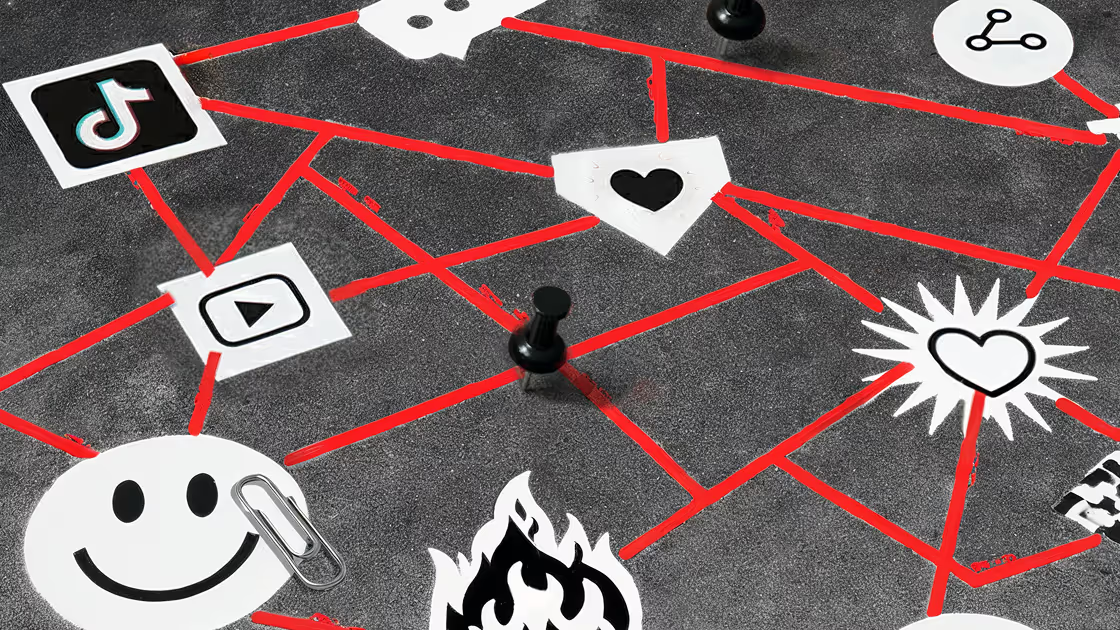

All
CRIMINAL INVESTIGATION REPORT: THE GLEEFUL DEATH OF TRADITIONAL MARKETING


All
Hot Takes, Typos, and Total Chaos: The Secret Tactics Driving Online Engagement
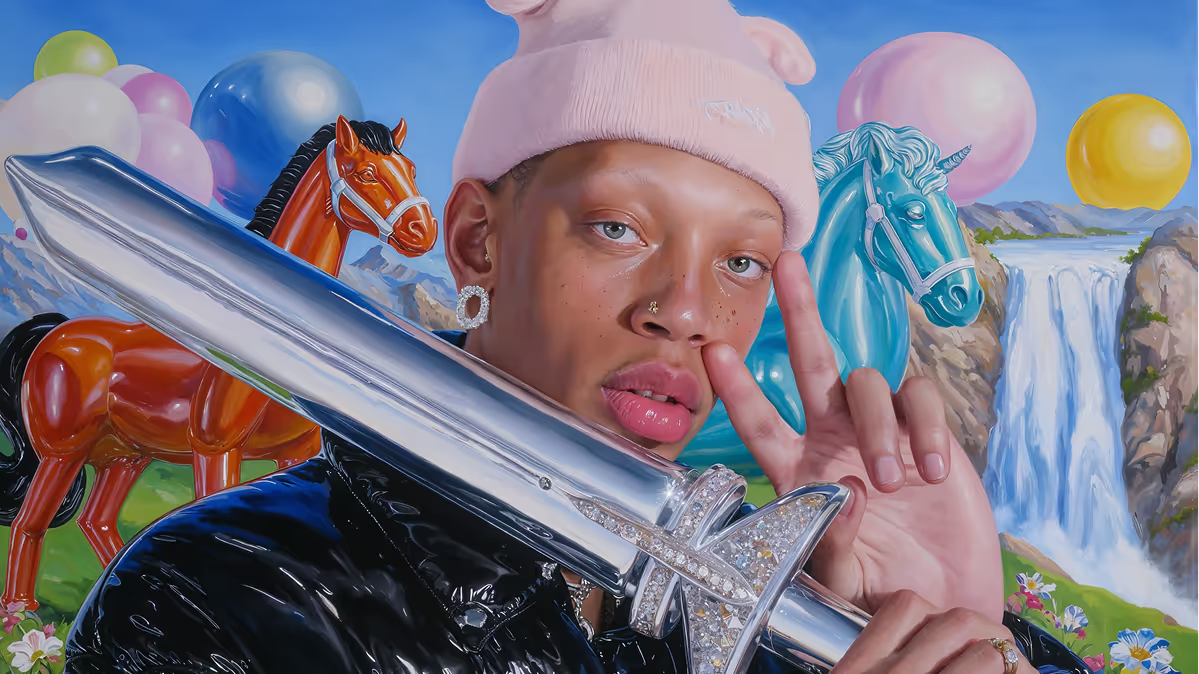

All
THE DEATH MARCH OF HYPERCOLOR BALLOON SWORDS


All
“They’re Watching Me”: Gang Stalking, Internet Delusions, & the Modern Mindf*ck


All
The Unripest Avocado: Nicholas Perry and the Dangers of Audience Capture


All
Branded Since Birth


All
How to not be a shitty affiliate seller, a talk with So_Narly


All
Parasocial Profit: The Unethical Underbelly of Affiliate Marketing


All
Stitch Incoming: Annie Stafford, Niche, and the Future of Fashion


All
Step right up!


All
Cooking Up a Social Media Empire


All
Right & Wrong Reasons to Expand


All
Have Influencers Peaked?


All
What’s Your Creator Fortune?


All
Mercy Kill Your Online Persona


All
Still Posting Post-Death


All
Cardboard Pizza: The Deadly Art of Losing Your Social Media Credibility


All
From Mr. Beast to Mr. Least?


All
Robots & Red Lace


All
Parental Discretion (Still) Advised


All
It’s 2024 and — Wait, Email Doesn’t Suck?


All
What’s a like on Instagram ‘worth’ in 2024?


All
A crash course in "crash course"


All
Speed sells: Why it’s important to respond lickety-split
© 2025 Manychat, Inc.


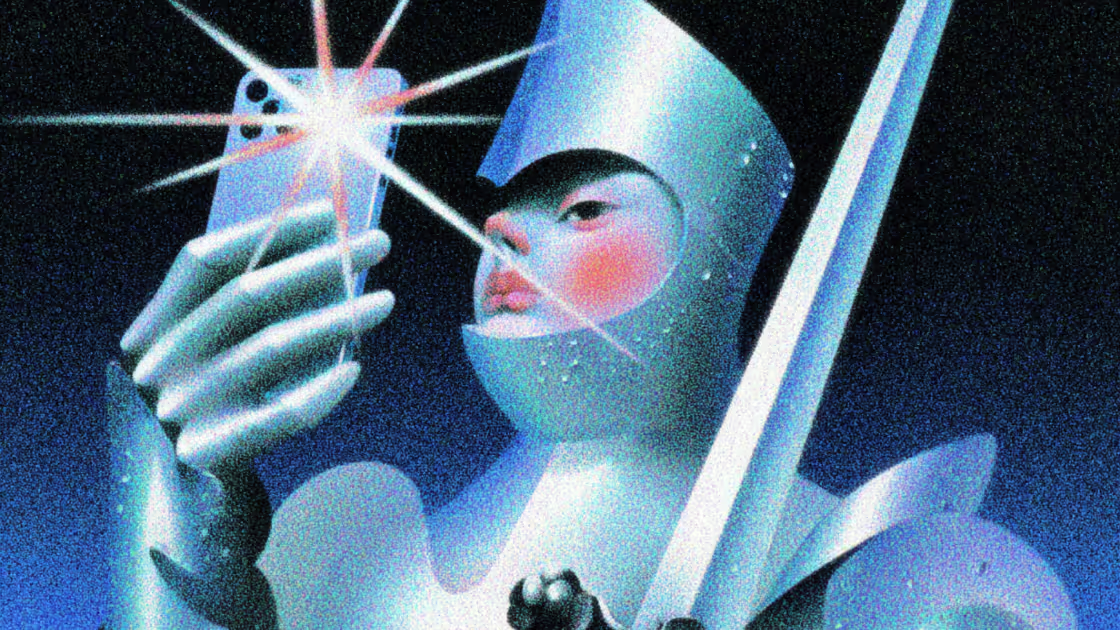
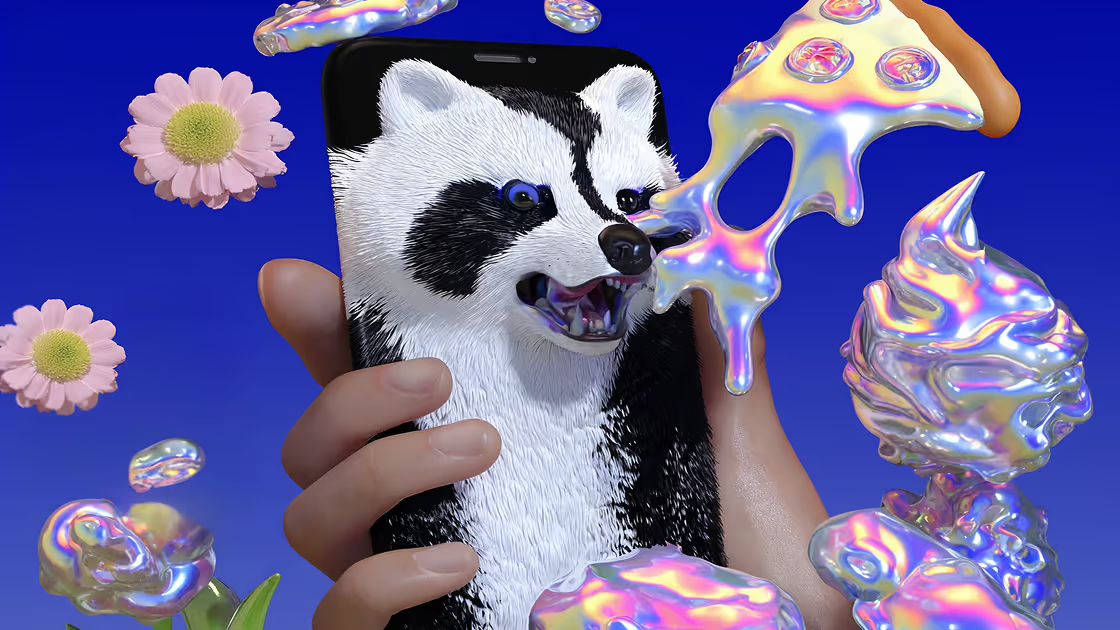
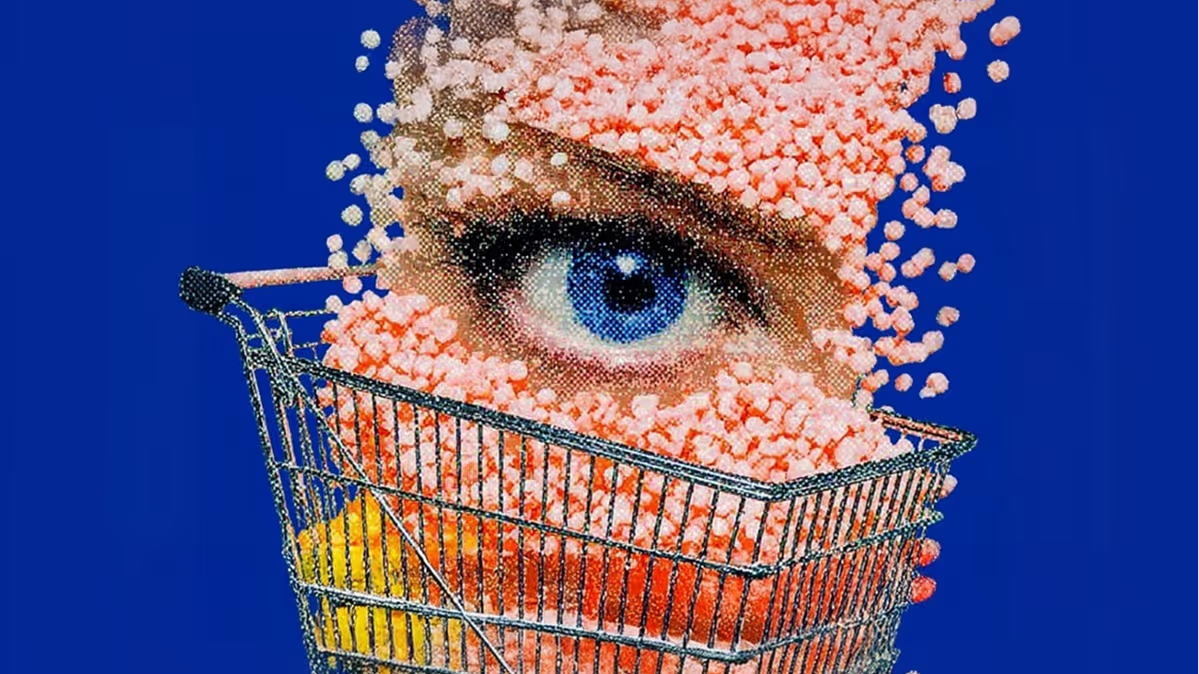
.avif)

















